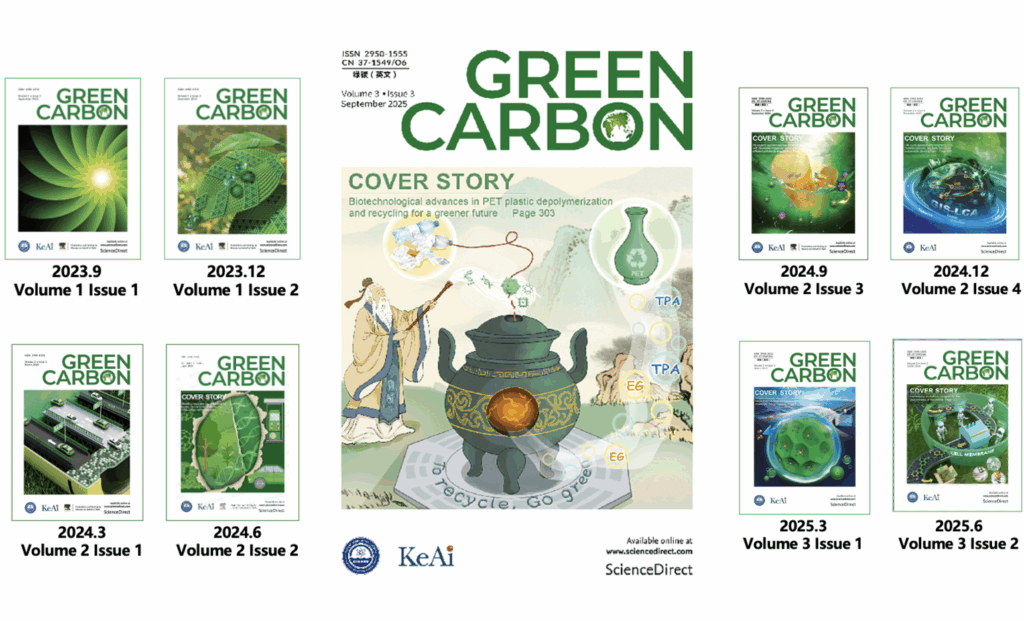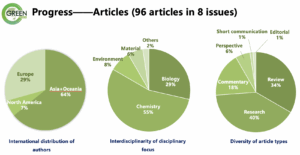https://en.people.cn/n3/2025/1031/c90000-20384954.html
https://www.science.org/doi/10.1126/science.aea0774
A group at Peking University has developed technology that almost completely eliminates carbon dioxide by-products during Fischer-Tropsch synthesis (FTS), offering a new route to green syngas conversion and low-carbon chemical manufacturing. FTS converts the syngas of carbon dioxide and hydrogen into liquid fuels or high-value chemicals such as olefins. It serves as the pivotal bridge for turning coal, natural gas, biomass and other carbon resources into fuels and value-added chemicals.
The researchers have used a sodium-modified FeCx@Fe3O4 core-shell catalyst coupling water-gas shift (WGS) with syngas-to-olefins (STO) to convert water into hydrogen in situ. HAE reaches about 66 to 83%, exceeding that of methanol-to-olefins (MTO, 50% upper limit). The approximately 95% carbon monoxide conversion and >75% olefin selectivity were simultaneously obtained. The coupling effect was validated by isotope tracing with deuterium oxide and blocking the WGS pathway, and the contribution of WGS was quantitatively evaluated. These results, using lower hydrogen to carbon monoxide ratios, implied that reducing steam consumption in the WGS reaction and reducing the overall output of carbon dioxide and wastewater enabled a sustainable STO process for potential industrialization.




